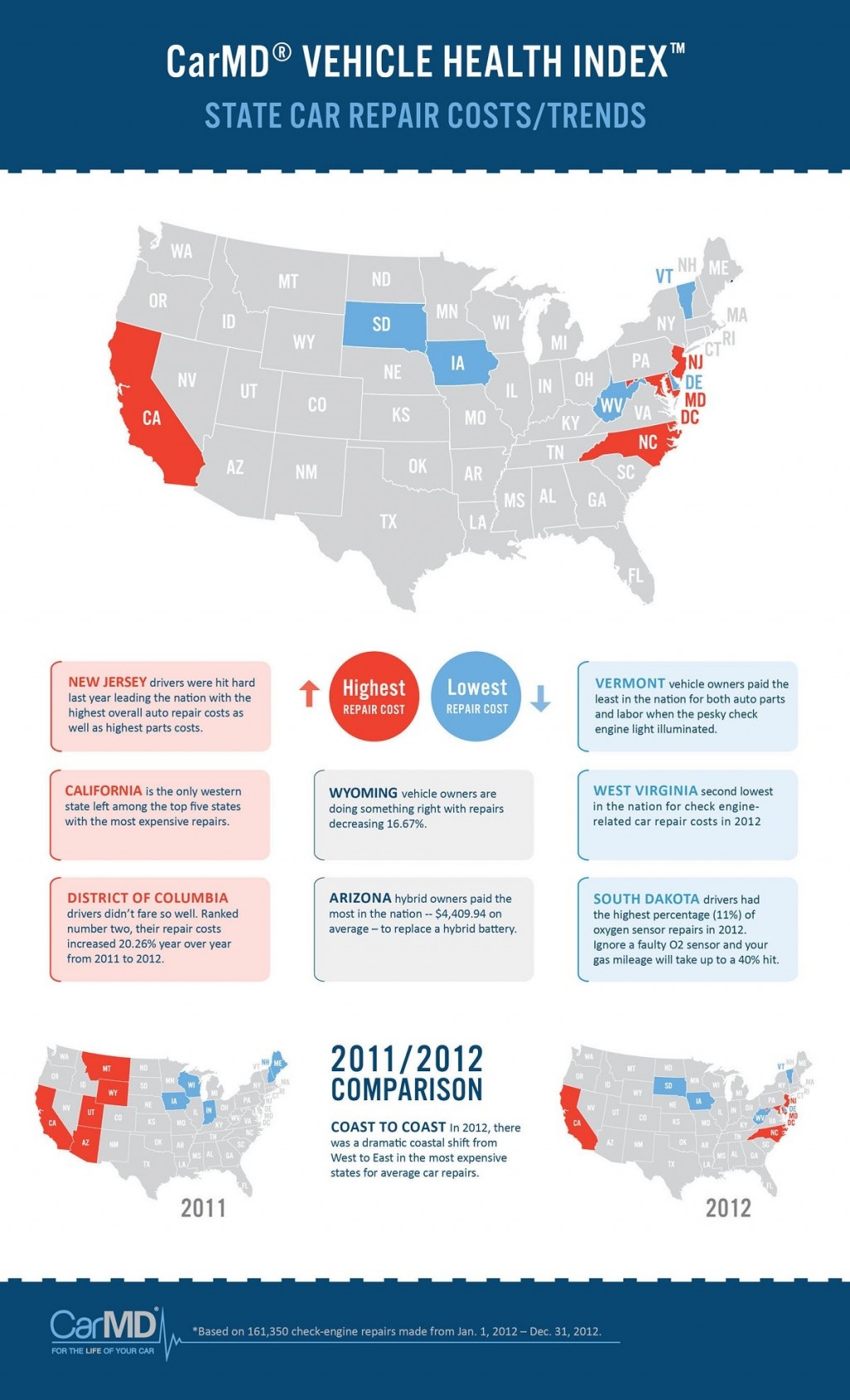Recognizing Your Car'S Warning Lights: What Do They Really Mean?
Recognizing Your Car'S Warning Lights: What Do They Really Mean?
Blog Article
Web Content Composed By-Boye Shepherd
When you lag the wheel, those beautiful warning lights on your control panel can be a little bit perplexing. Do https://auto-front-suspension06273.blog5star.com/32553856/mobile-automobile-detailing-enhancing-your-vehicle-s-appearance-on-the-move recognize what they're trying to tell you about your automobile's health? Recognizing the relevance of these lights is essential for your safety and security and the durability of your automobile. So, the next time one of those lights appears, wouldn't you wish to understand its message accurately and take the needed steps to address it?
Common Warning Lights and Interpretations
Determine common warning lights in your auto and understand their definitions to ensure risk-free driving.
One of the most regular warning lights consist of the check engine light, which signals problems with the engine or exhausts system. If this light comes on, it's critical to have your lorry examined without delay.
boat detailing near me alerting light suggests reduced oil stress, calling for prompt focus to prevent engine damage.
A blinking battery light may recommend a malfunctioning charging system, possibly leaving you stranded if not addressed.
The tire pressure tracking system (TPMS) light signals you to low tire pressure, influencing vehicle security and gas effectiveness. Disregarding this can cause risky driving conditions.
The ABS light indicates a problem with the anti-lock braking system, endangering your capacity to quit promptly in emergencies.
Finally, the coolant temperature level advising light warns of engine overheating, which can lead to severe damages if not dealt with promptly.
Comprehending these typical warning lights will certainly assist you attend to problems promptly and keep risk-free driving conditions.
Value of Prompt Attention
Comprehending the common caution lights in your automobile is only the very first step; the importance of promptly resolving these warnings can not be emphasized enough to ensure your safety when driving.
When a caution light illuminates on your control panel, it's your automobile's method of communicating a possible problem that requires interest. Ignoring these cautions can bring about much more extreme problems later on, compromising your safety and possibly costing you much more in repairs.
Trigger attention to cautioning lights can avoid malfunctions and accidents. As an example, a blinking check engine light can suggest a misfire that, if left neglected, might cause damages to the catalytic converter. Resolving this quickly can conserve you from a pricey repair.
In https://martinkeytm.kylieblog.com/32625521/mobile-vehicle-outlining-benefit-satisfies-quality-for-your-vehicle , a brake system warning light might signify low brake liquid or used brake pads, important elements for your safety and security when driving.
Do It Yourself Troubleshooting Tips
If you see a warning light on your dashboard, there are a few DIY fixing pointers you can attempt before seeking professional aid.
The primary step is to consult your auto's guidebook to recognize what the details caution light suggests. Often the issue can be as simple as a loose gas cap triggering the check engine light. Tightening up the gas cap may fix the problem.
Another typical issue is a reduced battery, which can set off numerous warning lights. Inspecting the battery connections for deterioration and ensuring they're secure may fix the problem.
If a caution light lingers, you can try resetting it by separating the automobile's battery for a few mins and afterwards reconnecting it. In addition, checking your car's fluid degrees, such as oil, coolant, and brake liquid, can help repair warning lights connected to these systems.
https://www.kbb.com/car-advice/car-warranty-guide/
In conclusion, understanding your vehicle's caution lights is crucial for keeping your vehicle running efficiently and safely. By promptly resolving these alerts and understanding what they imply, you can prevent costly fixings and possible failures.
Keep in mind to consult your auto's handbook for certain information on each alerting light and act as necessary to ensure a trouble-free driving experience.
Remain educated, remain secure when traveling!
